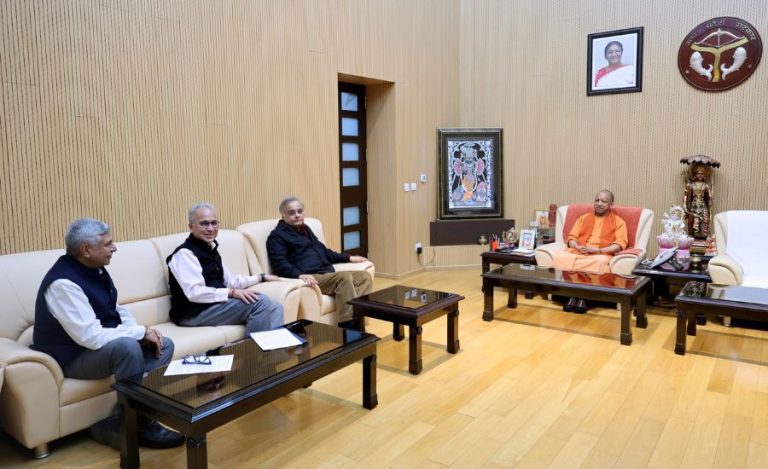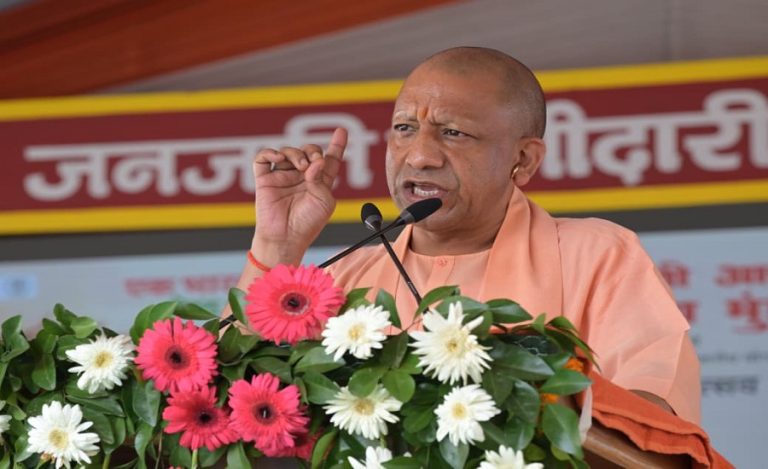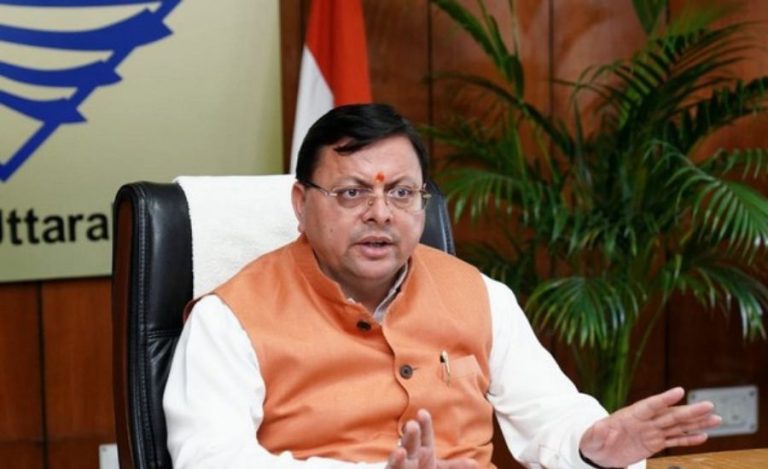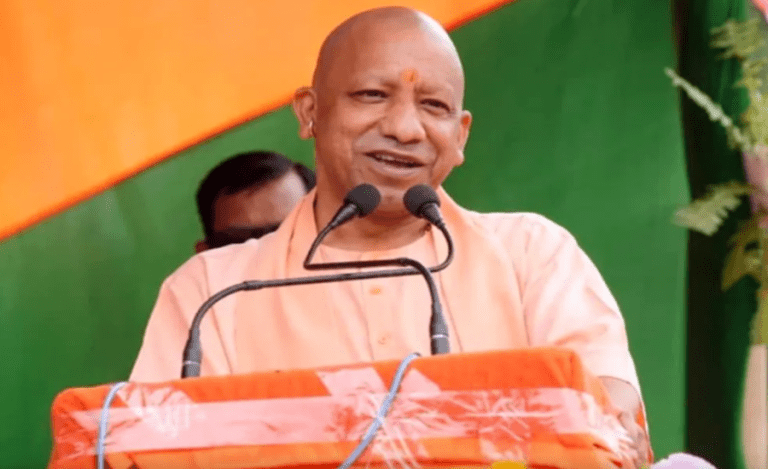To foster a deeper appreciation for India’s winged wonders and collect critical population data for long-term monitoring, the Big Butterfly Month is back in full swing this September. This citizen science programme, which originated as the Delhi Butterfly Month in 2020, has now spread its wings to encompass over 350 districts across 32 states and Union Territories.
Indian Masterminds got in touch with the Butterfly Man of Arunachal Pradesh, Mr. Roshan Upadhyay, to get details about the Big Butterfly Month.
AIM
The brainchild of conservation enthusiasts and experts, the Big Butterfly Month seeks to encourage people, especially students, to engage with wildlife year-round, and not just during the winter months. September was chosen for this month-long celebration as it coincides with India’s monsoon season, providing optimal conditions for butterfly spotting and enjoyment.
What sets this initiative apart is its collaborative spirit, as it now boasts over more than 30 partner organizations, demonstrating the growing enthusiasm and support for butterfly conservation and research in India.
SIGNIFICANCE
Speaking with Indian Masterminds, Roshan Upadhyay, affectionately known as the “Butterfly Man of Arunachal Pradesh,” shed light on the significance of the Big Butterfly Month. He emphasized the primary objectives of this initiative, stating, “The aim of the Big Butterfly Month is to bring the citizens of the country together under the umbrella of butterfly lovers to preserve the current habitats and build new habitats for butterflies. In the process, diverse ecosystems may get improved as havens for our native biodiversity, which is very much needed.”

POWER OF CITIZEN SCIENCE
This programme leverages the power of citizen science, where everyday individuals play a pivotal role in collecting valuable data that contributes to scientific knowledge and conservation efforts.
The Big Butterfly Month has evolved from a localized Delhi initiative to a nationwide movement, with participants ranging from school children to seasoned naturalists. Citizens, motivated by their passion for butterflies, join forces to provide a wealth of information, aided by their enthusiasm and widespread geographic coverage. Scientists, in turn, offer a systematic framework for data collection, ensuring that the data collected is reliable and scientifically rigorous.
Mr. Upadhyay emphasized the crucial role butterflies play in our ecosystem. He said that they serve as a fundamental food source for a diverse range of organisms, including spiders, wasps, dragonflies, birds, and lizards. Additionally, butterflies contribute significantly to plant pollination.
“Most importantly, they serve as highly effective ecological indicators, offering valuable insights into the overall health of our environment and ecosystems. Therefore, studying butterflies is essential for gaining a deeper understanding of our natural surroundings,” he added.
WHY SEPTEMBER
The timing of the Big Butterfly Month aligns with the monsoon season, which brings moisture and lush vegetation to many parts of India. This creates a favourable environment for a diverse array of butterfly species to thrive. As participants venture into the great outdoors, they not only contribute to science but also experience the joy of connecting with nature and its intricate web of life.
As the Big Butterfly Month continues to gain momentum and expand its reach across India, it exemplifies the power of citizen engagement in scientific endeavour and conservation. By nurturing a deeper understanding and appreciation of butterflies, this initiative not only celebrates the beauty of these insects but also serves as a critical step in safeguarding India’s rich biodiversity.

































